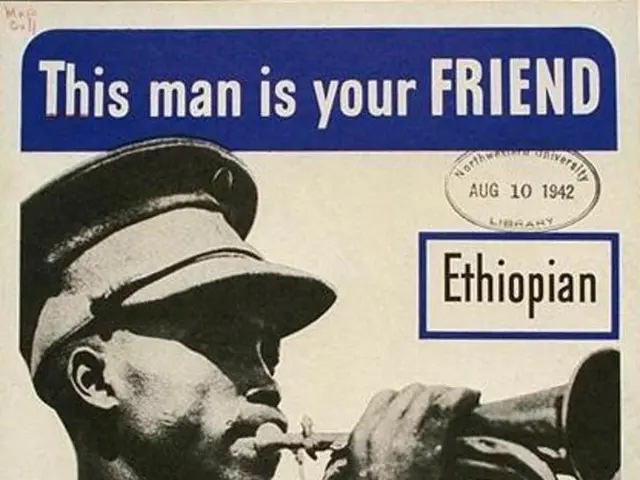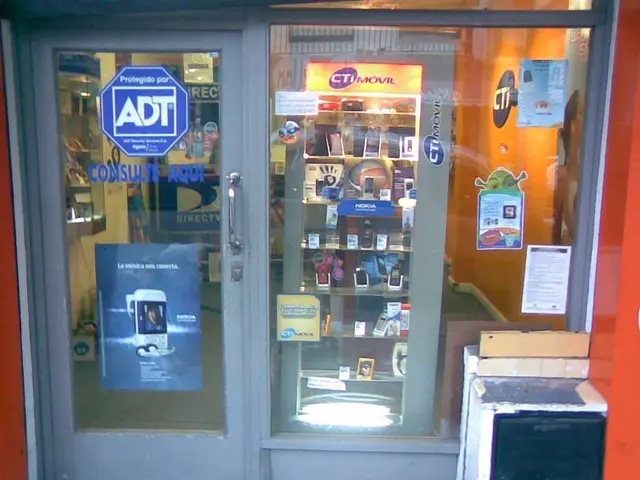Overcoming Language Challenges: The Pursuit of Instant Translation Technology
In the ever-evolving world of technology, real-time translation devices are poised to make a significant impact. Advancements in AI, machine learning, and natural language processing are expected to further improve the accuracy and functionality of these devices.
The concept of real-time translation is not new, with the first machine translation systems developed in the 1950s and 1960s. However, modern real-time translation technology is driven by machine learning, artificial intelligence, and cloud computing, enabling more precise translations.
Examples of real-time translation devices abound, including smart earbuds and headphones, handheld translation devices, and mobile apps. For travelers, these devices can alleviate the stress of navigating unfamiliar languages, while for those in healthcare, education, tourism, and international business, they offer the potential to facilitate communication and foster collaboration.
Real-time translation devices have the potential to revolutionise communication and foster deeper connections. They can help build bridges between nations, communities, and individuals, contributing to a more harmonious and interconnected world. In the business world, real-time translation can enable companies to expand their global reach and build stronger relationships with international partners.
However, these devices also face challenges. Linguistic complexity, vocabulary and dialect issues, background noise, and ethical considerations are just a few of the hurdles that developers must overcome. Yet, machine learning algorithms can learn and adapt to these language variations for more accurate translations.
Moreover, there is a growing recognition of the importance of preserving and promoting rare and minority languages in future real-time translation devices. This recognition can help promote cultural understanding and exchange by breaking down language barriers and facilitating cross-cultural communication.
Companies currently developing real-time translation technology include Timekettle with their W4 AI Interpreter Earbuds, featuring bone voiceprint sensors and AI-powered contextual translation with 98% accuracy and near-zero delay. Apple, too, is expected to join the fray with their AirPods Pro 3, which are rumoured to offer live translation capabilities integrated with their devices.
In conclusion, the future of real-time translation devices looks promising. As they continue to improve, these devices have the potential to revolutionise various industries, promote cultural understanding, and break down language barriers, fostering a more interconnected and harmonious world.
Read also:
- Peptide YY (PYY): Exploring its Role in Appetite Suppression, Intestinal Health, and Cognitive Links
- Toddler Health: Rotavirus Signs, Origins, and Potential Complications
- Digestive issues and heart discomfort: Root causes and associated health conditions
- House Infernos: Deadly Hazards Surpassing the Flames







